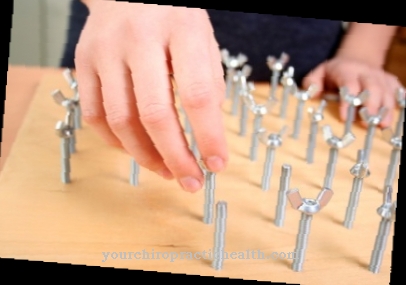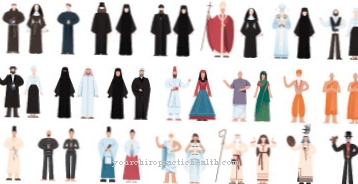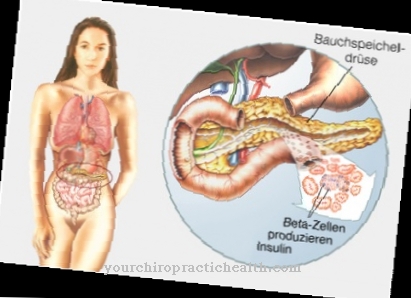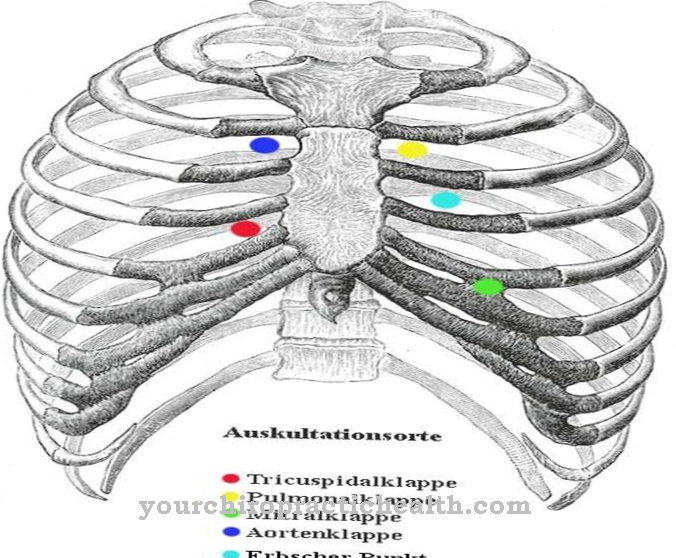Most children proudly present their first deciduous teeth that have fallen out and that have been wiggling their mouths for days or even weeks. The Change of teeth Most children find something very special: After initially leaving a gap in the mouth, the permanent teeth gradually come through.
What is the change of teeth?
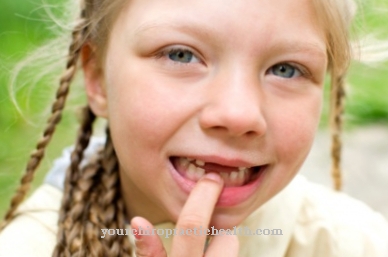
The term tooth change refers to the exchange between the deciduous teeth that have fallen out and the permanent teeth. The time it takes to change teeth can be roughly divided into two phases. Phase one begins in children between the ages of five and seven. The first permanent teeth are usually the back molars, which penetrate without a deciduous tooth falling out.
Only then do the front, mostly lower, incisors begin to wobble. As a rule, those milk teeth fall out first that were first pierced in babies. If the tooth has fallen out, it can take some time for the adult teeth to erupt and close the gap in the mouth. At around eight years of age, this stage is completed and the four upper and lower incisors have been replaced.
Usually there is then a break of one to two years. This is followed by a change in the canine and finally the molar and milk teeth. Most children change their teeth by around 13 to 14 years of age. Between the ages of 16 and 25, the four wisdom teeth finally erupt - but not in all people. The permanent set of teeth now consists of a total of 32 teeth.
Function & task
The 20 milk teeth in a child's dentition take on a placeholder function for the permanent, so-called replacement teeth. The first teeth break through in infancy. By the age of four at the latest, children will have their last milk teeth.
It is important for development to have teeth: this is the only way even the youngest can learn to articulate themselves in an understandable way and to form correct sounds, words and sentences. Teeth are also used to crush food. Chewing supports the optimal development of the jaw and facial skull. The teeth provide ideal support for the upper and lower jaw.
Baby teeth are smaller and overall more delicate than permanent teeth. Tooth enamel is not yet fully developed. They fit ideally in a small child's dentition. However, since the jawbone grows in contrast to the milk teeth, the previously optimal relationship between number and size of teeth and jaw size no longer fits.
The milk teeth are too small for the jaw.
Once the adult tooth has formed a crown, cells break down the roots of the milk tooth. As a result, this becomes loose and ultimately fails. The permanent tooth can move up. This is not only larger and harder overall, but also has a deeper root. In addition, it usually has a slightly yellowish color. Often the replacement teeth appear too big in children's teeth. At the latest in puberty and as the jaw grows, they then fit proportionally perfectly.
As adult teeth are supposed to last a lifetime, thorough dental care and cleaning as well as regular dental checkups are extremely important.
You can find your medication here
➔ Medication for toothacheIllnesses & ailments
Changing teeth does not usually cause children any discomfort or even pain, as is often the case with the eruption of milk teeth. The root of the milk tooth simply dissolves painlessly as soon as the second tooth moves up.
If teeth wobble a lot but don't fall out yet, this can be uncomfortable in the worst case. Brushing your teeth is difficult and should only be done with very light pressure. In addition, it is advisable to only bite and chew gently when eating to avoid pain.
A consequence of the change of teeth can be a slight inflammation of the gums if the loose tooth rubs uncomfortably over the sensitive gums. However, more severe pain can only be caused if the tooth is pulled itself, as it is usually still attached to the gum with fibers.
However, changing teeth is not unproblematic for every child. The main negative consequences can be misaligned teeth, which usually have to be remedied very laboriously through orthodontic treatments.
Premature loss of milk teeth is a possible complication. Baby teeth may have fallen out as a result of an accident, for example. Or severely carious teeth had to be extracted as early as infancy. As a preventive measure, optimal oral hygiene is essential in the deciduous teeth, especially since caries bacteria can also be transferred to adult teeth.
If there is a tooth gap for a longer period of time, the neighboring teeth can tip into the gap. In the worst case, the whole bite is disturbed. In addition, there is no space for the tooth that will only grow back later.
If milk teeth do not fall out, however, this can also cause complications. If the permanent tooth has already grown back behind it, a visit to the dentist makes sense. In order to avoid misaligned teeth, the doctor can usually pull the milk tooth painlessly.
In exceptional cases, the cause of a deciduous tooth that does not fall out is a replacement tooth that has not been genetically created. The milk tooth root will therefore not dissolve.








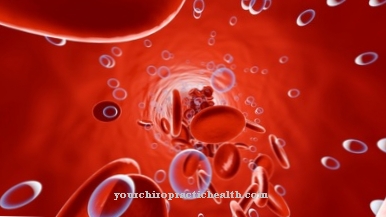


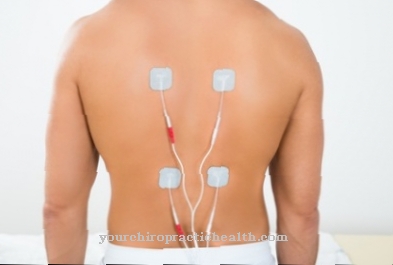
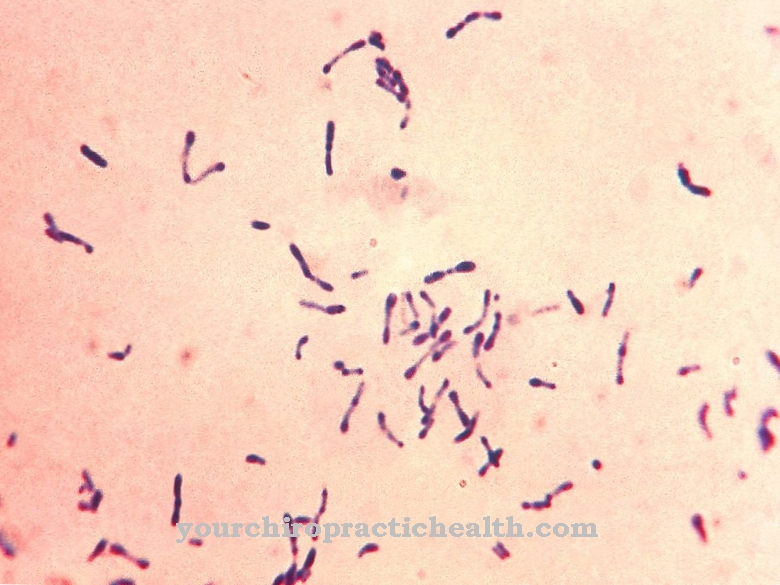
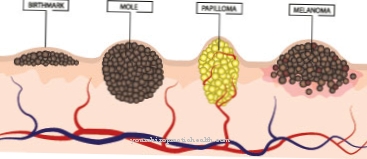

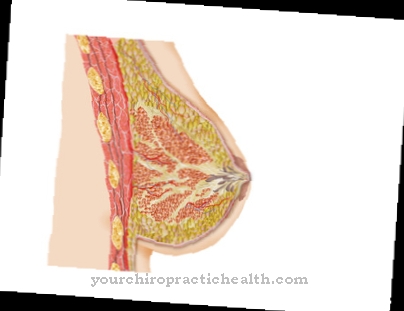
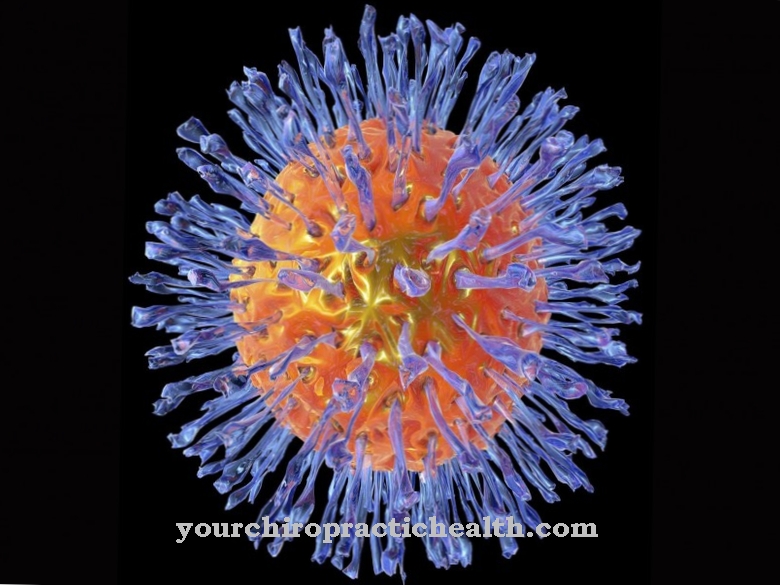
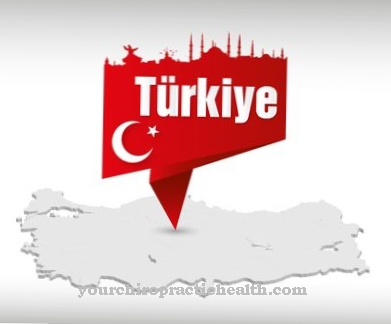



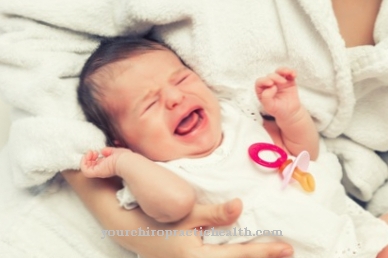

.jpg)
.jpg)
